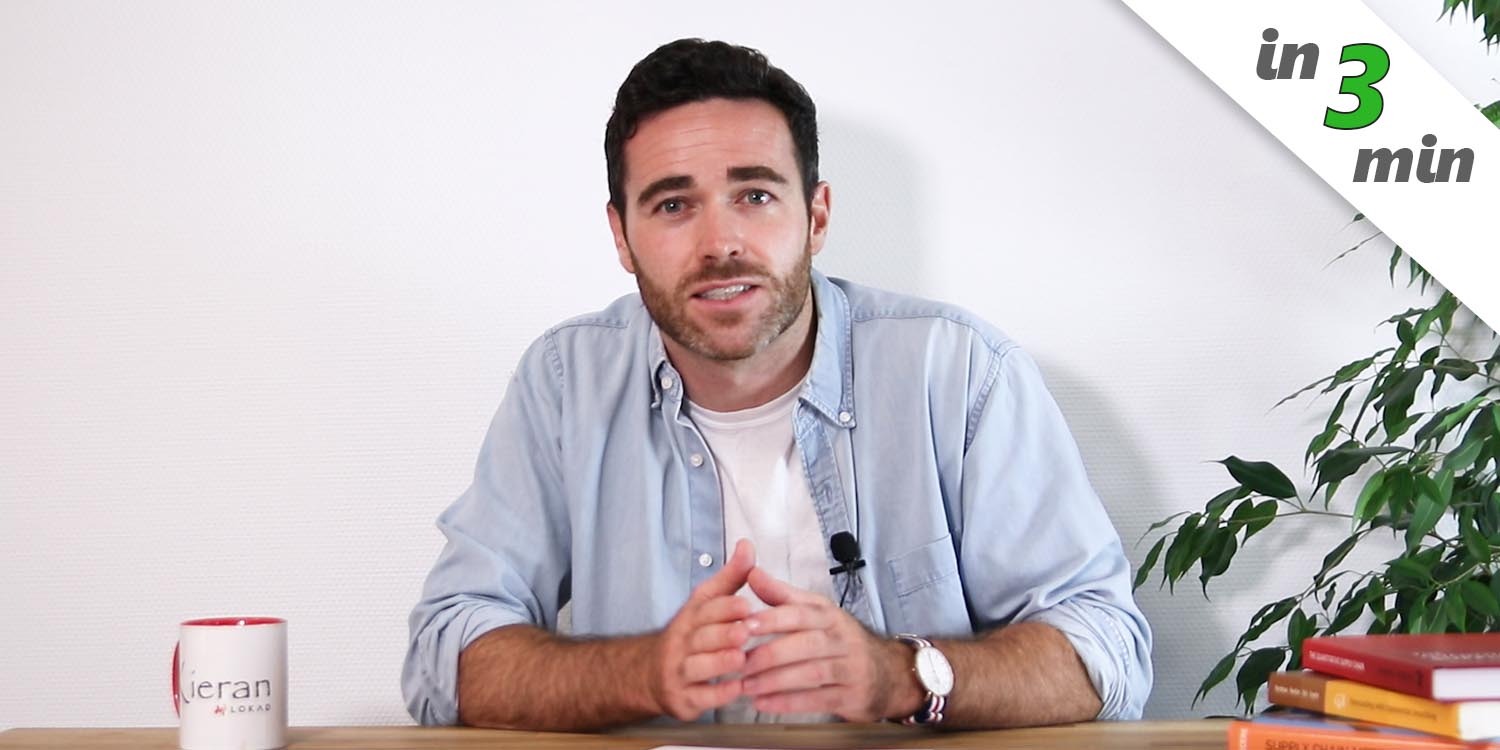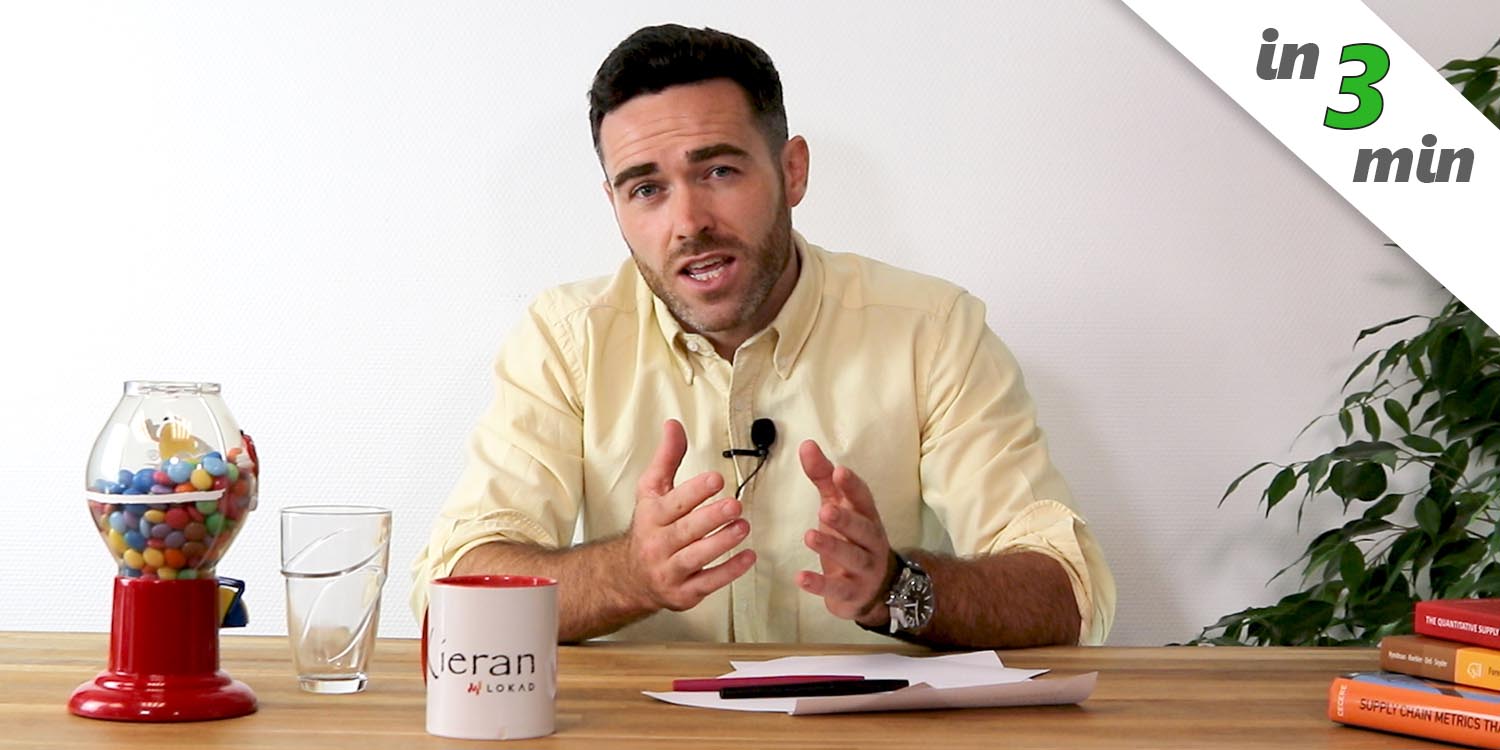Description
Sales and Operations Planning, or S&OP as it’s more commonly referred to, helps large organisations to synchronise their operations by leveraging a deeper alignment between the supply chain and other key departments.
In order for a company to serve a market and generate demand, they need to know which product to produce, how you’re going to make it, who is going to buy it, how you’re going to distribute it and how much you’re going to charge….which we can agree is quite the list. Often, all of these elements need to be tightly coordinated on an international scale, crossing different factories, warehouses and operational teams worldwide. With the added pressure to meet client requirements, this all can become a real challenge. This is where S&OP comes in.
The process is normally lead by a senior team member, often the CEO, who is in charge of the direction of outcomes and uses the S&OP process to get his teams to collaborate. It’s a cyclical prcess that uses five steps: Sales Forecasting, Demand Planning, Supply Planning, Reconciliation of Plans and Finalisation of Plans.
While it may sound fairly logical, this solution emerged in the 80’s and is undoubtedly a product of its time, with numerous limitations. For example, it struggles to acknowledge the fact that forecasts are always incorrect to some extent, which is why Lokad maintains its opinion on the importance of the probabilistic forecast (which we’ve discussed previously).
Furthermore, the sheer number of people involved in the S&OP process means that there is always going to be someone who ends up unhappy. These “design by committee” situations are rarely efficient and there will always be some department that has an incentive to distort the process - for example, a sales team that proposes highly conservative targets so that they always “exceed expectations”.
To conclude, while S&OP may correctly identify many of the challenges that remain at the core of present day supply chains, such as the need for alignment company-wide and the importance of using data to drive decisions, it is unfit to fully comprehend modern day supply chain issues. Therefore, we suggest to be wary of solutions that rely too heavily on this approach, as they are likely fundamentally outdated. S&OP focuses on improving the end-results, which is in fact never-ending as input data is continually being refreshed. As such, at Lokad, we believe that it’s best practice to focus on the ever-moving targets and instead work on improving the numerical recipes themselves.
Find out more about Sales and Operations Planning (S&OP).


